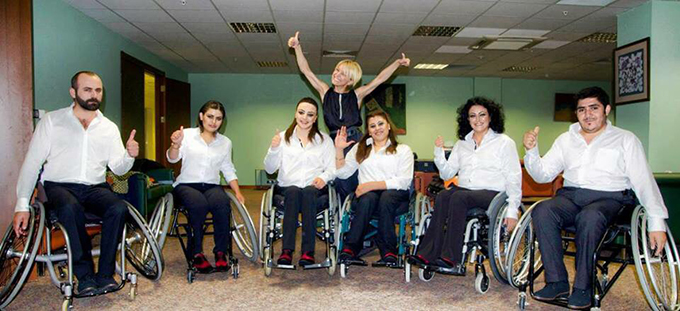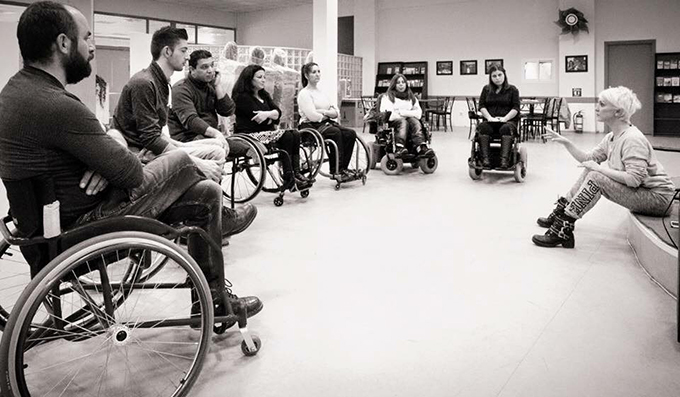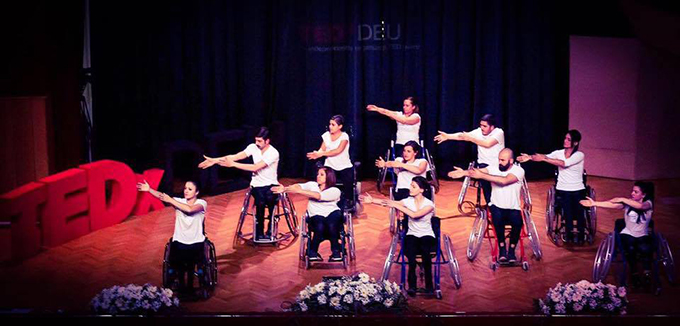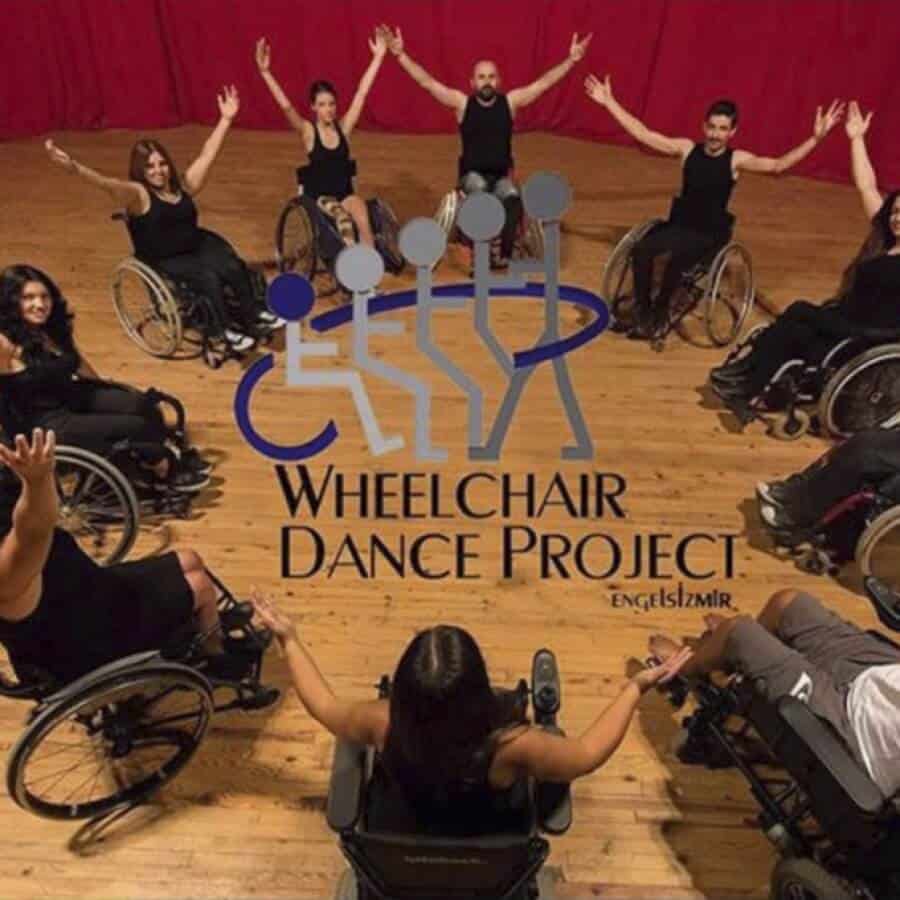The WHEELCHAIR Dance Project, founded by Banu Dagcioglu Turkeli, is a great example of how rewarding life can be when we help others, when we put ourselves into the position of other people, and when we understand what they are dealing with.
Banun Dagcioglu Turkeli was born in Izmir, Turkey. She started her ballet career in 1986 when she entered the Izmir State Conservatory at the 9 Eylul University (9 September University). She continued her studies in Ankara, and then won a scholarship to study at the Berliner Staatliche Ballet Schule, where she spent only one semester.
She left it because she was unhappy with what she saw there, especially dancers who suffered from anorexia and bulimia. She remained in Germany to study at the John Cranko Ballet Schule in Stuttgart and then became a member of Jeune Ballet de France, where she first experienced her connection with contemporary dance.

After her education, she began her professional career at the Ankara State Opera and Ballet, and then returned to Izmir. Banu participated in many projects in Izmir, but her most important commitment became WHEELCHAIR.
What does ballet mean for you, and what is dance? Do you look at it from more than one perspective?
Ballet is about discipline, and dance is about kindness. Because dance in its very nature lets your body move freely within rhythm and music, forming unique, beautiful moves. But there are various dances. Ballet, however, can be divided into classic, modern, or neo-classic.
How did you get the idea to found WDCP? What made you think of it?
In 2008 I broke my leg, and for three months I had to use crutches. Three months may seem like a short period, but when you are kind of “stuck”, you start to think more intensely and understand some things better.
Many things were passing through my mind, but what came to the forefront were thoughts about the conditions, actually the unconditioned environment, in which people with disabilities live, as I experienced it shortly for three months. Even those three months were enough to diminish my life.
It wasn’t just things that I couldn’t do, but that there were no conditions for doing certain things. For example, I couldn’t reach certain places, I had to use elevators all the time, I couldn’t walk on many pavements, and sometimes I had to be carried. All this left a strong impression on me, especially as I am a ballerina and a dancer.
In September 2013, while working at the Dance Academy, I started focusing on social projects for people with disabilities. I undertook it voluntarily to teach them and create new choreography together. Under the name WHEELCHAIR Dance Project I started something new in Izmir, with a wish to show everyone that there are no barriers in dance, that everyone can dance.

I think that people with disabilities are among those who live on the margins of society, so with this project, I want to help them, to make them part of the community, to increase their self-esteem and self-confidence. With those ideas in mind, we do many of our shows in public, for our citizens.
How do you work with your students, what is your approach?
In working with WCDP, I use parts from contemporary dance, but also from ballet, by mixing them together.
There is a saying, “If you wish to dance, the feeling is enough”, so I see the wheelchairs and crutches as accessories, and I help my students to look at it the same way. If there are differences, there are differences in bodies, as each body is unique and different, and each body has its way to express the feeling of that individual soul.

What have you gotten out of this project, what have you learned from these students?
I think that with disabilities, new life can be encountered at any time, but never the end. At WCDP, I have the honor to work with 13 dancers who have taught me that you can always start over, that you can always create a new destiny for yourself, that you should never give up, and that you have to keep believing that nothing is impossible.
When they finish a scene, people don’t applaud because they are disabled, they applaud because these are great dancers and
they impress the audience with their choreography and the emotions they transmit through it.
What is the happiest moment you have had with them?

The first applause they got at the end of a scene. I think it can be compared with a mother’s tears whenever she feels proud of her children and happy with them.
Do you think about taking this idea to other cities in Turkey, or for now will you concentrate on Izmir?
I really want to spread it and make it happen in other cities. I have tried to promote it many times through television, radio, social media, etc. However, no one has responded from other cities, no one has expressed a wish to do something similar or ask me to help.
Once I got a message from Antalya indicating that they were interested, but when I said that they would have to find a place for it and that I would come periodically until they put together a proper group with an instructor, they lost interest.
The lack of education in our country is the reason not only people with disabilities but also other people seldom have the opportunity to develop and realize themselves. Children and young people can only achieve and socialize themselves in their own communities or civil organizations.
The best solution would be to put City Councils in charge of opening dance courses like this and finding good instructors who are willing to volunteer for this noble and beautiful project.
I have one small message for your readers: We should live together, work together, and produce together. Please do not park in the apartment entrance. Please install ramps on the steps. What would you say if we blocked your doors with our wheelchairs?
Photos: From the Archive of The WHEELCHAIR Dance Project
Support us!
All your donations will be used to pay the magazine’s journalists and to support the ongoing costs of maintaining the site.
Share this post
Interested in co-operating with us?
We are open to co-operation from writers and businesses alike. You can reach us on our email at cooperations@youthtimemag.com/magazine@youthtimemag.com and we will get back to you as quick as we can.









